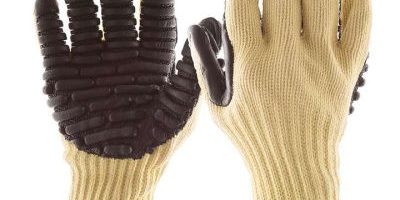Jersey gloves have long been a staple in various industries due to their exceptional comfort and versatility. In this comprehensive guide, we’ll delve into the key aspects of jersey gloves, including their materials, common uses, and the benefits they offer.
Materials: Jersey gloves are crafted from a soft and breathable fabric known as jersey knit. This knit fabric is made from a blend of cotton, polyester, or a combination of both. The fabric’s stretchiness and lightweight nature make jersey gloves highly flexible, allowing for easy movement of the hands.
Common Uses: Jersey gloves find applications across a wide range of industries. They are commonly used in warehouse and manufacturing settings, as well as for light-duty tasks in construction. Their soft texture makes them a preferred choice for assembly line work, packaging, and handling delicate items. Gardeners and landscapers also appreciate jersey gloves for their ability to provide a good grip while still allowing tactile sensitivity.
Benefits:
- Comfort: The soft and breathable jersey fabric ensures prolonged comfort, even during extended periods of wear.
- Dexterity: The flexible nature of jersey gloves enables wearers to maintain excellent dexterity, essential for tasks that require precision.
- Breathability: Jersey gloves offer superior breathability, reducing the likelihood of excessive sweating and discomfort.
- Affordability: These gloves are cost-effective and provide good value for their durability and versatility.
- Grip: The textured surface of jersey gloves enhances grip, contributing to safer handling of objects.
In conclusion, jersey gloves are a practical choice for numerous industries and tasks. Their blend of comfort, dexterity, and affordability makes them a reliable option for professionals and hobbyists alike.















